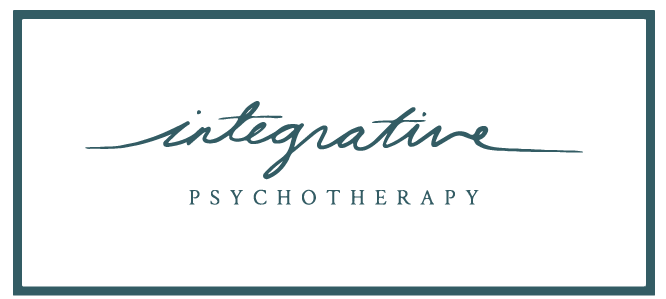What is Eye Movement Desensitization and Reprocessing {EMDR}?
EMDR Therapy in Long Island, New York
EMDR in Long Island and NYC
Eye Movement Desensitization & Reprocessing to heal anxiety
EMDR is a psychotherapy method that enables people to heal from symptoms and emotional distress caused by disruptive or disturbing life experiences.
Countless scientific research studies now show that EMDR therapy allows for more rapid healing benefits, as opposed to more classic psychotherapy methods that generally take years to see results.
EMDR therapy helps the mind heal from psychological trauma, similar to how the body recovers from physical trauma.
When you cut your hand, your body works to close the wound. If a foreign object or repeated injury irritates the wound, it festers and causes pain. Once the block is removed, healing resumes. EMDR therapy demonstrates that a similar sequence of events occurs with the mental processes, which makes sense, because the brain is just another organ in the body.
EMDR activates the brain’s information processing system which naturally moves toward health and healing.
If the system is blocked or imbalanced by the impact of a disturbing event, the emotional wound festers and can cause intense suffering. Once the block is removed, natural healing resumes.
EMDR therapy involves attention to three time periods: the past, present, and future. Using a detailed protocol and an eight step procedure, EMDR clinicians help clients activate their natural healing processes.
Step 1 - History-taking session(s): In this step, we assess the client’s readiness (this can be multiple sessions depending on how complicated the history is). We then work together to develop a treatment plan, which includes possible target incidents or situations for re-processing (specific distressing memories or current situations that have been causing emotional distress).
Step 2 - Learning Tools: We teach several different ways of handling emotional distress, including various imagery and stress reduction techniques to use during and in between sessions (which can include a combination of tools from other modalities).
Step 3 - Reprocessing sessions: This step will likely take several sessions depending on how complex the situation is. To start, we choose the first “target”, and process it using the following EMDR therapy procedures;
Create a vivid visual image related to the memory
Identify negative beliefs about “self”, specific emotions, and body sensations related to the memory
Identify and rate intensity of the negative emotions
Identify a positive belief
Using bilateral stimulation (visual, auditory, or tactile stimuli in a rhythmic side-to-side pattern), the client begins to notice physical and emotional changes and describes them.
After several rounds, the client will generally report that they are no longer experiencing distress related to the target memory.
Positive beliefs are reviewed and may be adjusted as needed.
This process is repeated for each target. Generally, we would not move on to tackling another target right away. We would continue with the next steps and maybe combine some other modalities to help solidify the progress and gain more strategies, then reprocess another target at a later date.
Step 4 - Closure: We ask the client to track their progress and the successful use of tools gained in step two.
Step 5 - Review: Time to examine the progress. At this point we review the effectiveness of the previous steps and if related historical events have been successfully processed. We review other incidents that have been triggering to the client lately (related or unrelated), and decide if learning new tools will be sufficient or if processing a new target is needed as well.
Obviously, this is just a general outline of what EMDR is like. We might decide to mix it up a bit and infuse the process with other strategies. That is the beauty of an integrative approach. Therapy can be tailored to the clients specific needs and circumstances.
ADVANTAGES: Click below for a detailed explanation of an EMDR session.
EMDR pairs well with many other modalities and treatments
Participants notice a major decrease of emotional distress related to memory
Facilitates long-lasting behavioral changes in less time
Successfully treats wide range of symptoms including PTSD, drug and alcohol addiction, relationship issues, low self esteem, anxiety, phobias and anger issues
Known to be successful in treating more complicated personality disorders
EMDR therapy can help you reach your therapy goals.
Our therapists are trained in EMDR therapy, and can help you create change, starting today. We offer in person therapy as well as telehealth counseling via video or phone platform.
We are here to answer your call reach out here.
A note about our fees: our session fee for individual therapy is $250-350, and we provide the paperwork for your insurance company for out of network reimbursement if you have out of network benefits.

